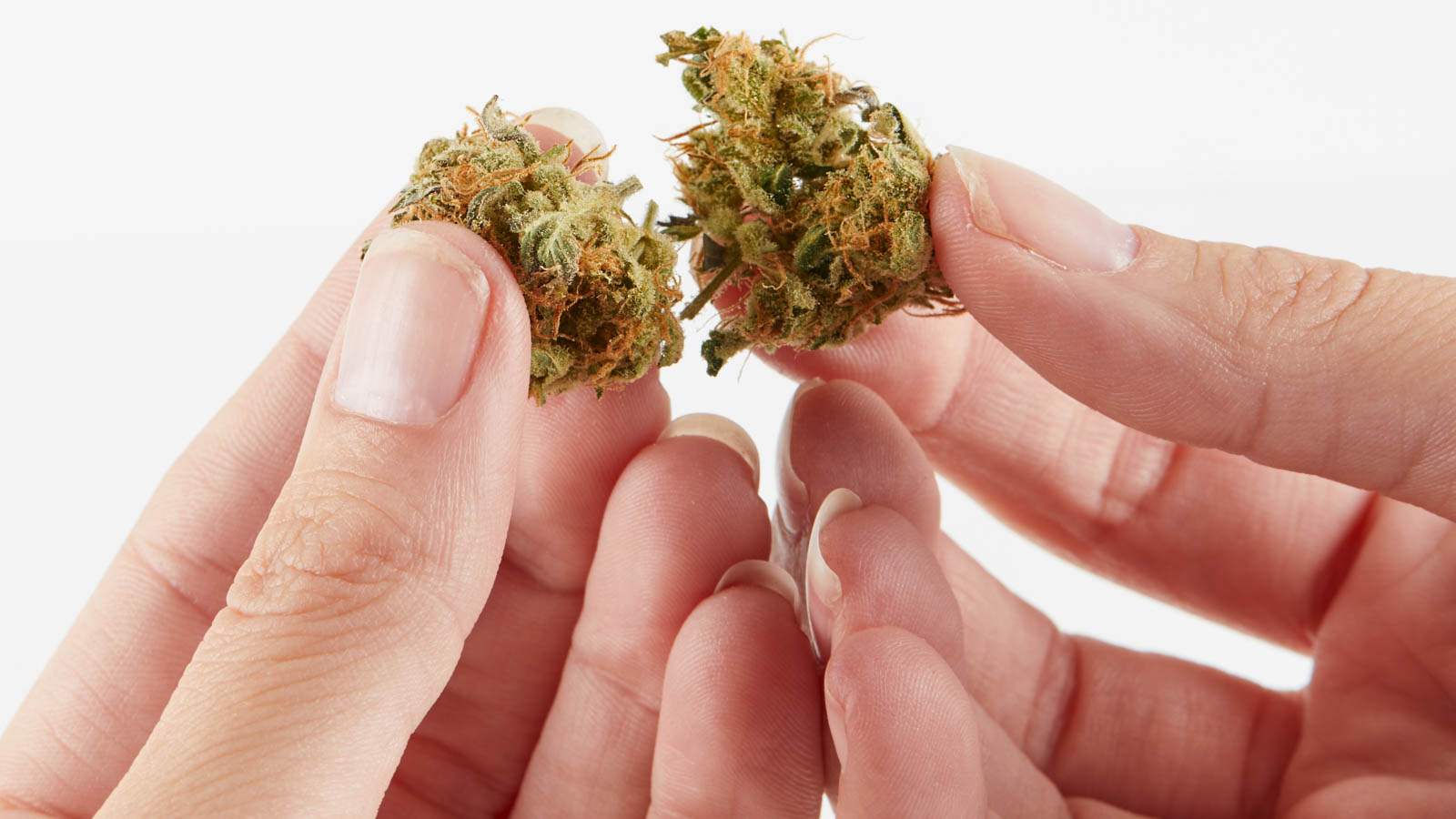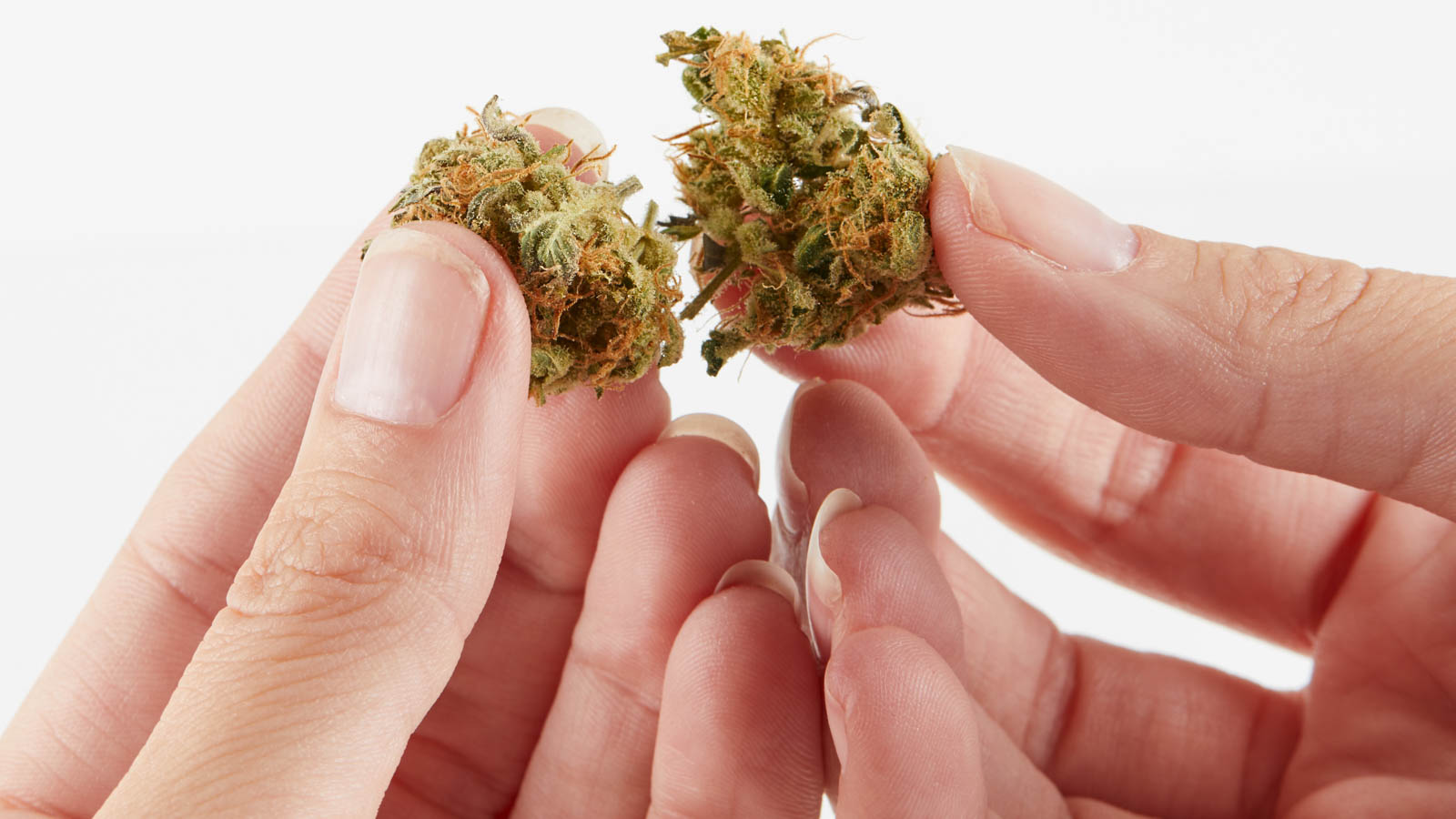
A new study could put a strain, so to speak, on the love affair between cannabis consumers and their favorite flower.
Researchers in Nevada collected 2,662 samples of cannabis flower and employed a third-party testing laboratory to measure the chemical profile. They found only three chemical varieties of cannabis were sold in the Nevada dispensaries between January 2016 and June 2017, despite roughly 397 strain names appearing on product packaging.
The study, co-authored by Las Vegas-based GB Sciences and Digipath Labs, along with Chaminade University and Makai Biotechnology, both in Honolulu, was published in the Mary Ann Leibert Inc. journal Cannabis and Cannabinoid Research in February 2019.
The study’s authors claim that the findings reveal an “extremely low chemical diversity” within the cannabis varieties sold in Nevada during the state’s medical-only phase.
More than 93% of the samples tested were from a single chemical variety, high in THC, but without significant amounts of other cannabinoids, according to the study.
“The three chemovars and twelve genotypes reflect low medical diversity on the market in Nevada during its ‘medical use only’ phase,” the study found. “Furthermore, the 396 breeder-reported sample names within this set imply a false sense of diversity of products in Nevada dispensaries.”
What’s That Strain?
Some strains are proprietary and their genetics have been protected by those involved in the plant’s creation. OG Kush, for example, is one of Southern California’s most popular strains, but the effects from one dispensary’s stock to the next can be much different. This is primarily due to the fact that the growing conditions and methods can vary from grower to grower, which in turn alters the resulting composition of cannabinoids and terpenes.
“The big-picture takeaway is that states should not be relying on breeder-reported strain names to regulate and label cannabis products, because there is no standard convention that ties the name to the active ingredients in the products,” said Andrea Small-Howard, co-author of the study and chief science officer of GB Sciences, a publicly traded biotechnology company based in Las Vegas.
She explained that patients receive benefits from cannabis because of the cannabinoids and terpenoids. Described as the entourage effect, these compounds work together to produce a greater effect than they would working separate from one another.
“These chemicals have specific effects on our bodies that patients rely on for relief or specific treatments,” Small-Howard said. “The strain names do not provide any information on the active ingredients, and can be very, very misleading for patients.”
The study looked at roughly 397 breeder-reported strain names out of 2,662 samples, but at the chemical level (cannabinoids and terpenes), there were only three kinds. At the genetic (DNA) level there were only 12 genetic lines.
Abundant THC, but Little Else
Small-Howard said that the research team expected to find a lot more diversity in the patterns of active ingredients, such as cannabinoids and terpenes, because of the different breeder-reported names on the numerous samples tested.
“The fact that blew our minds was that 93 percent of the samples were in the same chemical cluster and had the same profile of active ingredients,” she said. “This single chemical variety that represented 93 percent of the samples was very high in THC and had very little else in it, like minor cannabinoids and terpenes that play a big role in the medical benefits of cannabis.”
The study showed the strain name Blue Dream was attributed to at least one sample from all 12 genetic lines. There are some critical implications to this false advertising of strains, especially for the medical market. For instance, if a patient in Nevada finds a particular Blue Dream strain that worked for them, then that patient has a 1-in-12 chance of getting the same plant variety the next time they go back to buy that same strain.
Photo by Gina Coleman/WM News
While the term “strain fraud” is used to refer to the practices of breeders naming many cannabis varieties with the same name irrespective of the plant’s chemical makeup, that’s hard to prove because there is no tests or data required to ascribe a name to a plant variety.
In other words, breeders can call a cannabis variety whatever they want to call it.
Small-Howard explained that plants do not have strains based on the scientific definition of what a strain is — it only applies to simple organisms like viruses, bacteria, or molds. Therefore, there is no way to define cannabis strains using legitimate scientific tools.
“States should not regulate based on strain names,” she said. “Cannabis should be labeled based on the active ingredients that it contains in a consumer-friendly way.”
What Should Patients Take Away?
One expert, who was not involved in this particular study, wasn’t too surprised by the findings, since it’s a goal of many breeders and growers to produce plants that are high in THC.
“It makes sense that the study found strains with high THC and low everything else — that is how plants work. The plant has limited energy to synthesize molecules, so when breeders and or growers push the plants to be THC factories, it comes at the expense of other cannabinoids, terpenes and other small molecules,” said Itzhak Kurek, Ph.D., CEO and co-founder of Cannformatics, a Northern California biotech company researching improvements to medical cannabis.
What should medical cannabis patients take away from these findings?
“For patients using a whole-plant approach for medicinal use, chemical diversity is more important than high levels of THC,” Kurek said. “Strains with a diversity of cannabinoids and terpenes will naturally have lower levels of THC.”
He believes more research is needed to understand which combinations of cannabinoids and terpenes are beneficial for each medical condition, helping breeders and growers generate medically useful strains.
“Once we know what chemical components are helpful, the creation of stable strains has to include a focus on both DNA and growth conditions — such as light intensity, day/night regimen in hours, growth temperature, carbon dioxide concentration and humidity — all of which impact the cannabinoids’ and terpenes’ profile in the plant,” Kurek said.















